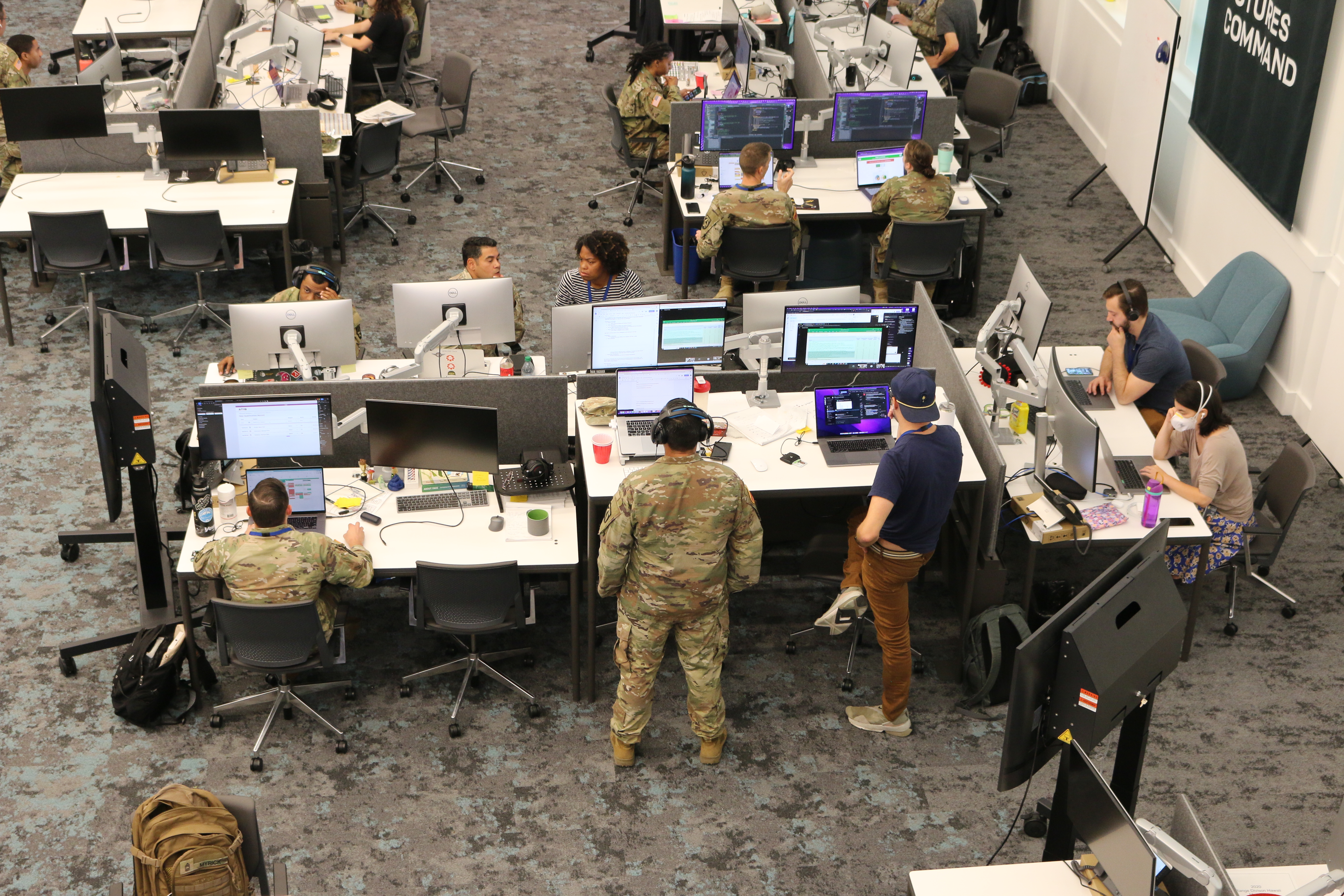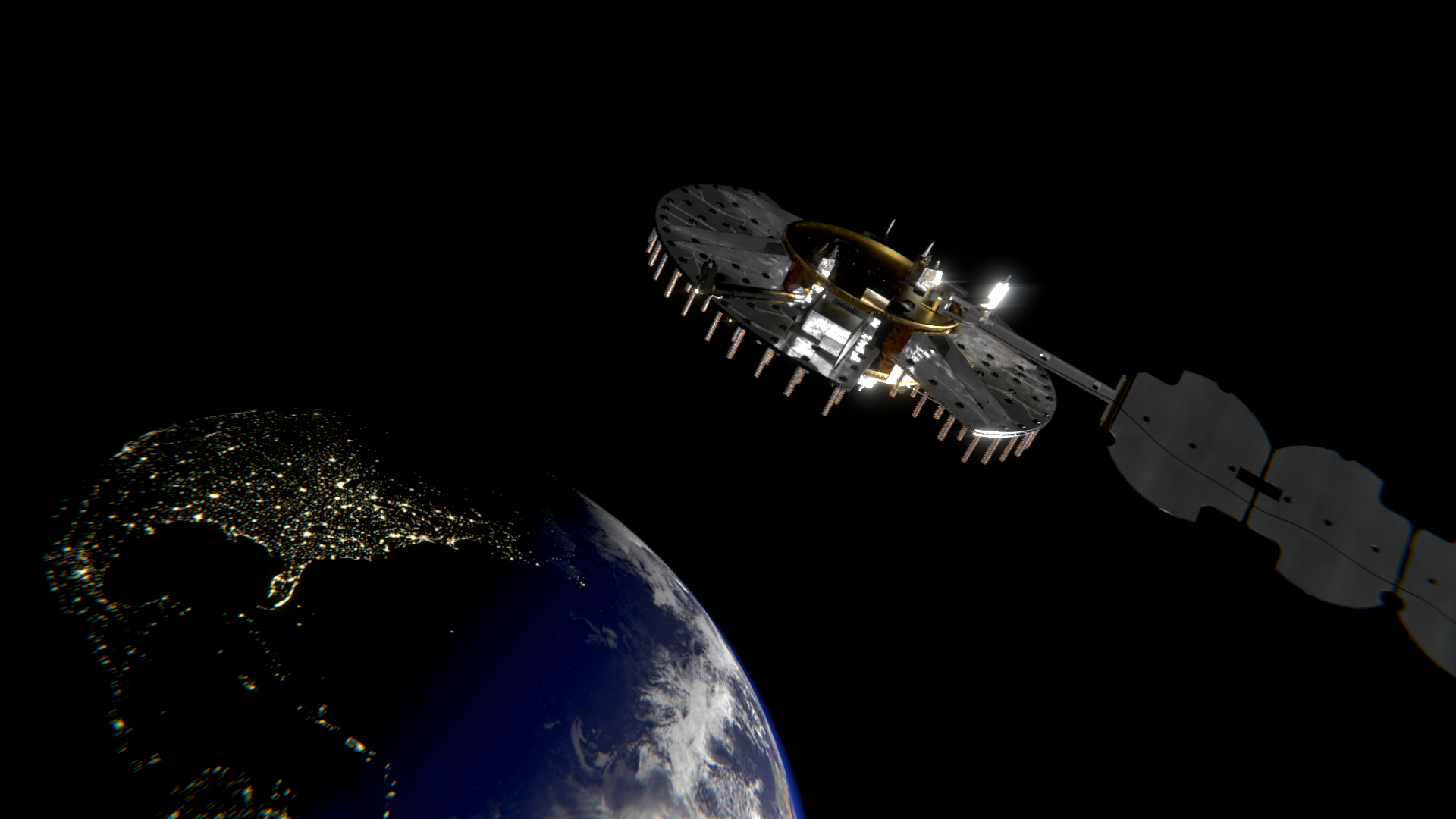
With the completion of the Deaflympics earlier this month in Brazil, I wanted to focus this week on the matriarch of the Nakama Family. Satoshi Ken Nakama was born in Koza, Okinawa on November 8, 1953. His mother was Fusako Matsumoto and his father was Ryokichi Nakama. He grew up on a farm and would help his mother in a small Okinawan restaurant the family had. His mother was an impressive chef and taught him his cooking skills he utilizes today. His father, who was a former Doctor of Acupuncture in the Japan army, taught him many mechanical skills, such as electrical, plumbing and automotive skills. On the farm, he learned many skills in husbandry. As a young boy, he enjoyed swimming in the beaches and hiking the jungles of Okinawa. With all of his adventures, he even ended up getting a severe snake bite on his left arm.
At the age of five years old, Satoshi became very sick and lost his hearing. He has profound bilateral hearing loss. He had learned how to speak Japanese, prior to becoming deaf. Being deaf, he was often bullied. He studied Okinawan Shorin Ryu karate in order to protect himself. Believing it would be the best thing to do, his parents enrolled him in the Okinawa school for the Deaf. There he learned Japanese Sign Language, and met many Deaf friends he was able to communicate with. Although his teachers were extremely strict, he was happy to learn a lot at the school and meet friends. Despite losing his hearing, he always kept a positive attitude.
At age 13, Satoshi and his family immigrated from Okinawa on October 29, 1967 to Los Angeles, CA. They lived on 4th Avenue in Los Angeles, a popular street of several Okinawan immigrants. His grandfather, Ryokin Nakama and great grandfather, Ryoei Nakama had already settled in LA, after leaving Okinawa. They were both very well known in Okinawa and in Hawaii for bringing Okinawan sanshin music to Hawaii. (Uchinanchu: History of the Okinawans in Hawaii, University of Hawaii Press, 2009 reprint). His family was very involved with the big annual Okinawan picnics at Los Angeles’ Elysian park.
Arriving in America he had a bit of culture shock. Still believing he had to bow to his teacher, he said he had a difficult time breaking the habit. He ended up attending Hollywood High school (Class of ‘72), and was actively involved in track, gymnastics and football. He also took several art classes, and his art teacher, Grace Stiles saw his talent and assisting him in enrolling at the California Institute of the Arts in Valencia.
At age 17 he started judo at Sawtelle Dojo in West LA. He was a fierce competitor, and enjoyed the camaraderie at Sawtelle. After high school, he attended California Institute of the Arts. Because he was a second language learner, he struggled with English and at that time, there were very limited courses that provided an ASL interpreter for him while he was at Cal Arts. He left Cal Arts and went to work for the movie studios as a grip man. He worked at KCLS, under Doug Stiles, Grace’s husband. He was working 80 hour weeks, with no one who could really communicate with him fluently. He decided to apply to the Los Angeles Unified School District as an instructional aide at Marlton school for the Deaf.
He went back to judo training at Sawtelle, and was looking forward to attending a national tournament. Unfortunately, his left knee gave out when he was practicing judo in 1975. He ended up having to have surgery on that knee, and he stopped going to judo at age 22.
In 1992, he started taking his niece, Anna, to Sawtelle. Within the year, they promoted him back to Shodan, due to his commitment to judo, and his skill levels. In 1999, his sons, Ryoshi and Hiroshi started judo with him at Sawtelle. They would make the 45 minute commute from Gardena to Sawtelle to go to the practices 3 times a week. Often people would ask why are you going all the way to Sawtelle when there are clubs in the South Bay area. His response was always the loyalty to Sawtelle, Sensei Kenji Osugi and the Sawtelle family, who had helped him when he was young and his sons since his return to judo.
Due to his 2 sons also being Deaf, Satoshi and his wife made the decision to move to Riverside so their sons could attend California School for the Deaf, Riverside. An hour outside of LA, it was a difficult decision, but they decided to do it. Satoshi retired from LAUSD after 30 years of service as an instructional aide in a deaf and hard of hearing classroom in 2006. He was a valuable asset to the DHH programs in LAUSD, but now he was focused on raising his sons and daughter, Susan. Satoshi also has an older son, Masa, who is a graduate of Gallaudet University in Washington D.C. He is a school counselor at Phoenix School for the Deaf in Phoenix, Arizona.
Due to Riverside not having a youth club in 2006, Satoshi drove the 40 minute commute to bring his children to the West Covina (WC) Judo Dojo for a 5 year period, to ensure they continued with the sport. Senseis Aki Yokoyama, Spencer Horiuchi and the WC judo families played a pivotal role in his children’s growth and love for judo. They were very supportive, as many judo families are! As the boys grew older, Satoshi decided to place them at the University of California’s Riverside Judo Club with Sensei Tadashi Hiraoka.in 2011. At 15 and 16 years of age, they were able to practice with adults to strengthen their skills. It was a complete honor to practice side by side with Tadashi Hiraoka sensei, Sensei Brian Money and many other senseis who helped the club.
After a while, in 2012, Satoshi and his sons assisted with the startup of the Riverside Youth Judo Club in Riverside, California. His daughter Susan, a nikyu, provided ASL interpreting services for many judo practices and other times to ensure her father and brothers had communication access available. His two sons, Ryoshi and Hiroshi, both nidans assisted with teaching over the many years. His niece Anna continued in judo too. She is a sandan with Gardena judo club.
Over the years, Satoshi has volunteered in many ways to support the sport of judo. He has been a certified judo coach, volunteered at many local, state and national tournaments, participated in numerous fundraisers to support judo, and teaches judo five nights a week at the Riverside Judo club and the Riverside Youth Judo club. He instills in his judokas, and his own children as well, “That no matter how far you are on your path, if you fall, you must get up and keep going. You don’t give up!”
Judo has always been the main focus in Nakama sensei’s life, but he has numerous hobbies that he enjoys outside of judo. He is an avid fisherman, gardener, artist, builder, chef and traveler. He is always in search of a big tuna cow! His biggest catch was 194 lbs! This year, Nakama sensei will be 69 years old. His plans are to keep teaching judo and go camping with his wife, kids and three dogs, Mochi, Boba and Tofu.
Updates:
June – 2022
18th Saturday – Sensei Gary’s Birthday Scrimmage Video, Claremont, CA
Link to register for Sensei Gary’s Birthday scrimmage
24th Friday & 26th Sunday – National Junior Olympics, San Jose, CA
2nd Friday to 4th Sunday – Grassroots Judo Winter Nationals & Clinics, Azusa. CA
I’m always looking for new subjects to write about regarding judo as well as contributions from my readers. Please send them to gary@garygoltz.com, thanks.
Watch me in a newly released show with my good pal Shotgun Tom Kelly of Sirius 60’s Gold
Judo blog, Traditional martial arts, Judo
b’Black Belt Magazine’
[crypto-donation-box]






